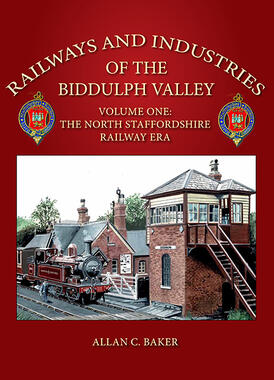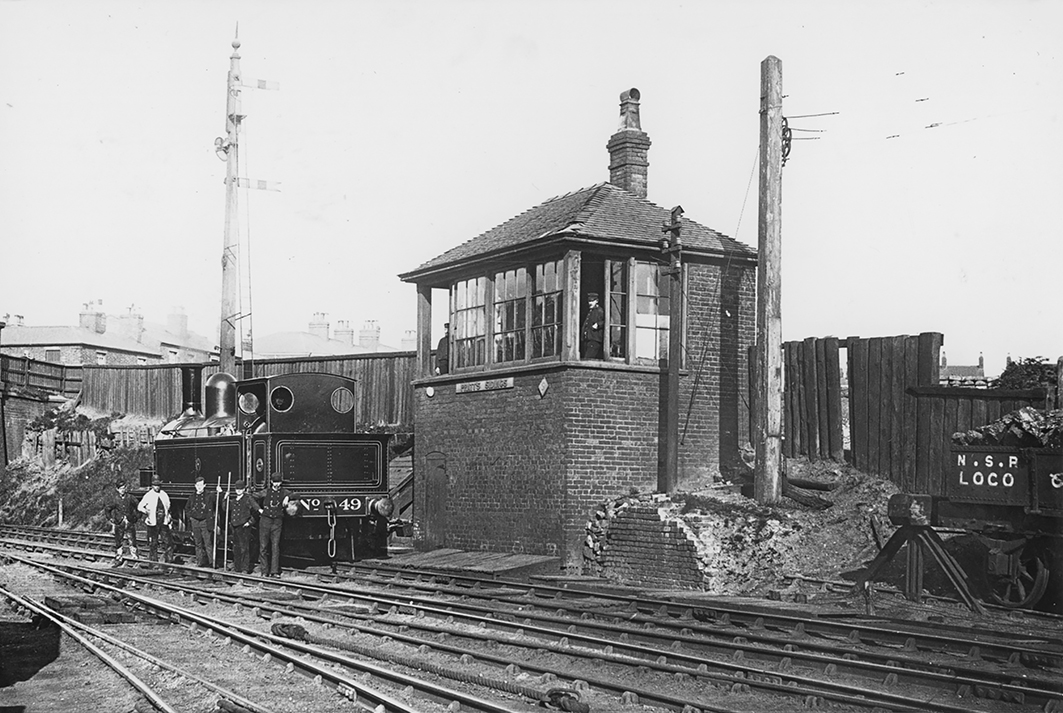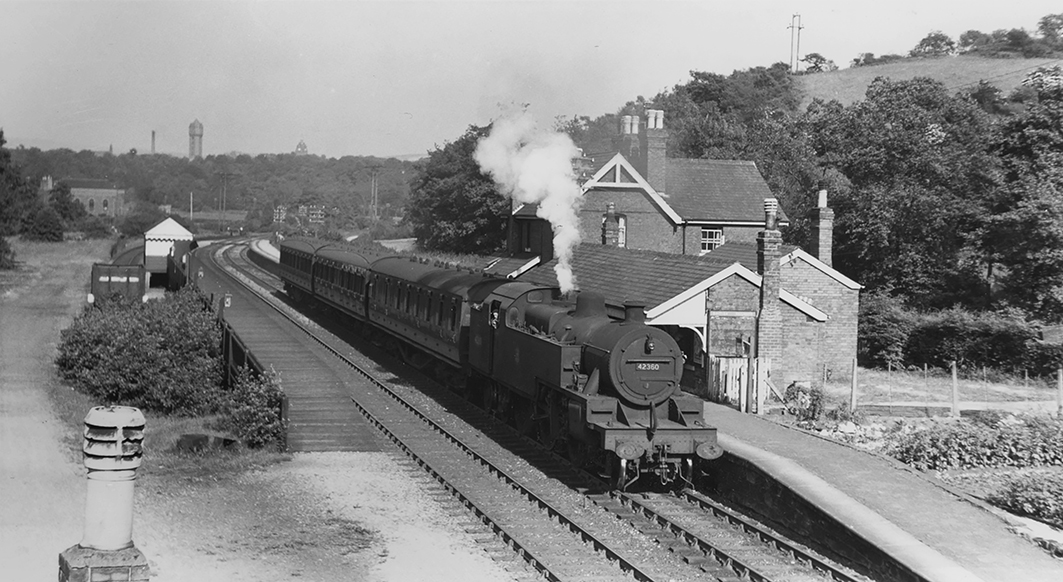Railways and Industries of the Biddulph Valley Volume One

Railways and Industries of the Biddulph Valley Volume One
The North Staffordshire Railway Era
Allan C. Baker
276 pages. 275x215mm. Printed on gloss art paper with colour laminated board covers.
ISBN13 : 9781915069283
£35.00
The North Staffordshire Railway Era
Allan C. Baker
276 pages. 275x215mm. Printed on gloss art paper with colour laminated board covers.
ISBN13 : 9781915069283
£35.00
This book, the first of a trilogy, forms a detailed study of one of the North Staffordshire Railway’s first branch lines, along the Biddulph Valley from Stoke to the Cheshire town of Congleton, dating from 1860. It also covers the branch from Milton to the Staffordshire Moorland market town of Leek, which opened in 1867, along with the fascinating four-mile Longton, Adderley Green & Bucknall line of 1875, which was originally independent but was absorbed by the NSR in 1895. Within these pages lies a wealth of illustrations, maps and plans documenting earlier railway and canal schemes planned to serve the area, many of which were aborted. This volume takes the reader on a journey from inception to the end of the NSR’s existence with the 1923 Grouping of the railways. Subsequent volumes will cover the history of the lines in LMSR, and later BR days, detailing the numerous industries the railways served which were, by and large, their raison d’être. The book is profusely illustrated with photographs, many of which have never appeared in print before, old documents, timetables, maps and plans and gradient profiles, several of which have been specially commissioned for the work. The author is a native of the Potteries, with a number of books about the railways and industrial archaeology of North Staffordshire to his name.


Railways and Industries of the Biddulph Valley Volume One - Sample Images

An extremely interesting view, which dates from around 1900, showing NSR Class ‘D’ 0-6-0 tank engine No. 49, built at Stoke in 1885, complete with its crew and shunting staff. Meanwhile, the signalmen look on: obviously a posed view. Notice the tall signal with the Pratts Sidings Up home signal above the Stoke Junction Up distant. The height of the arms was to assist footplate men’s sighting when approaching beyond the bridge, which takes City Road over the railway. The iron NSR locomotive coal wagon is interesting too and notice that some of the signal control wires are elevated via the post to the right of the box.

Wall Grange & Longsdon station looking east on 29th June 1953, with an Up train calling. The engine is another of the Fowler Class '4' 2-6-4 tanks allocated to Stoke at the time, in this case No. 42360; the three coach formation was the standard for the branch trains. The small goods yard is to the left, with the Staffordshire Potteries Water Board pumping station building beyond, by this time reduced in height and with no chimney, as the steam beam engines had been replaced by electric pumps. St. Edwards Hospital tower is on the skyline.
